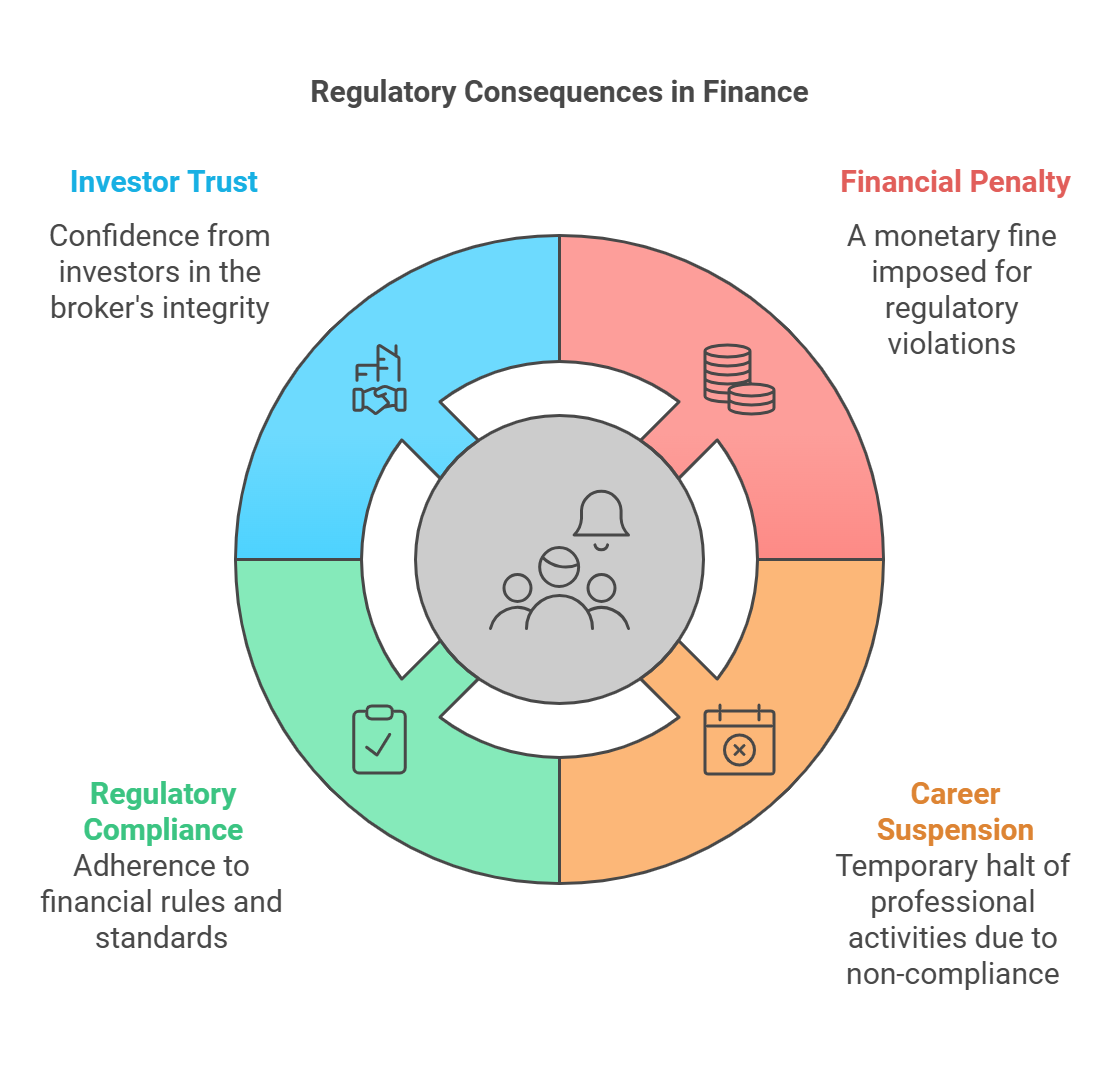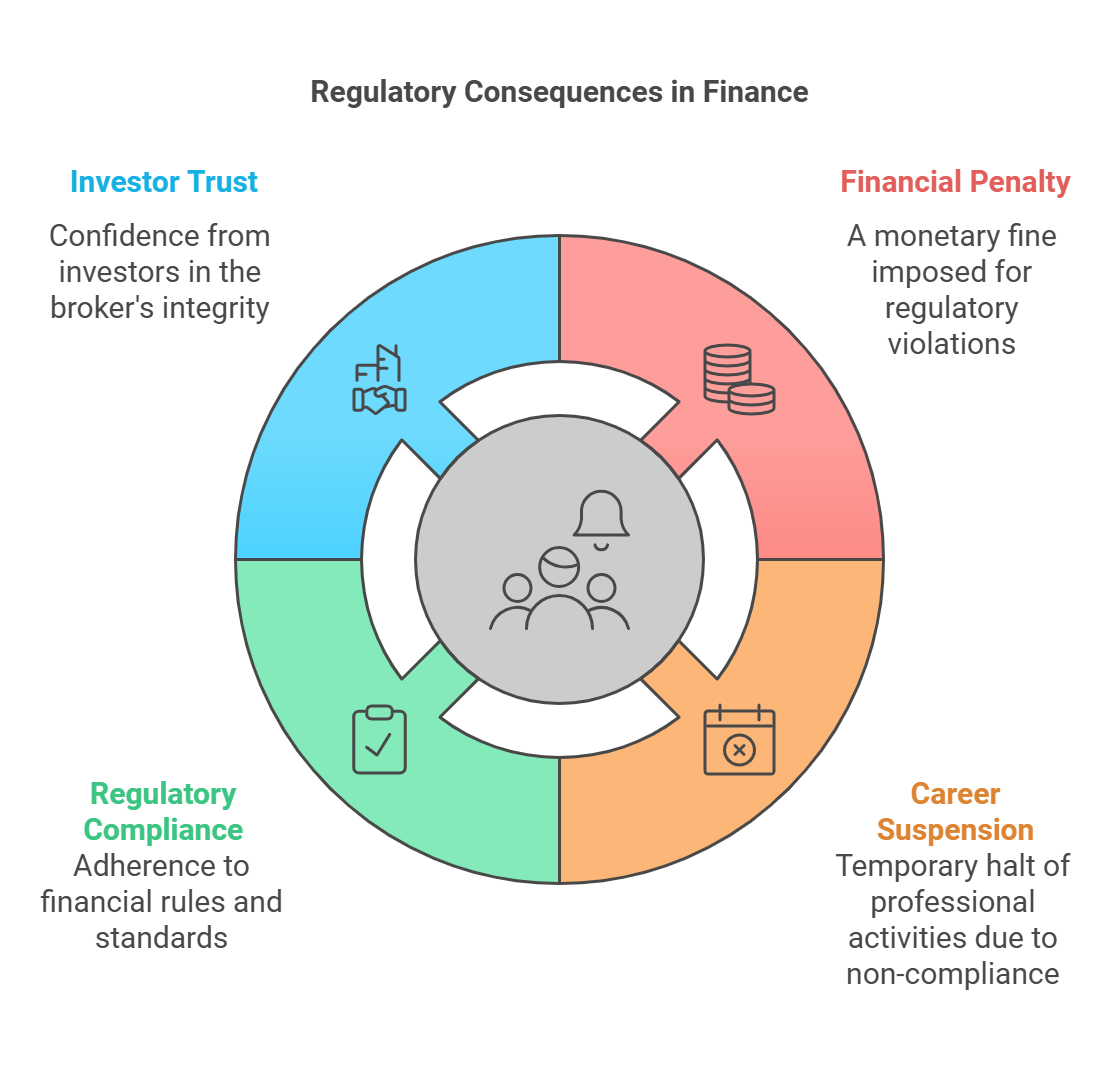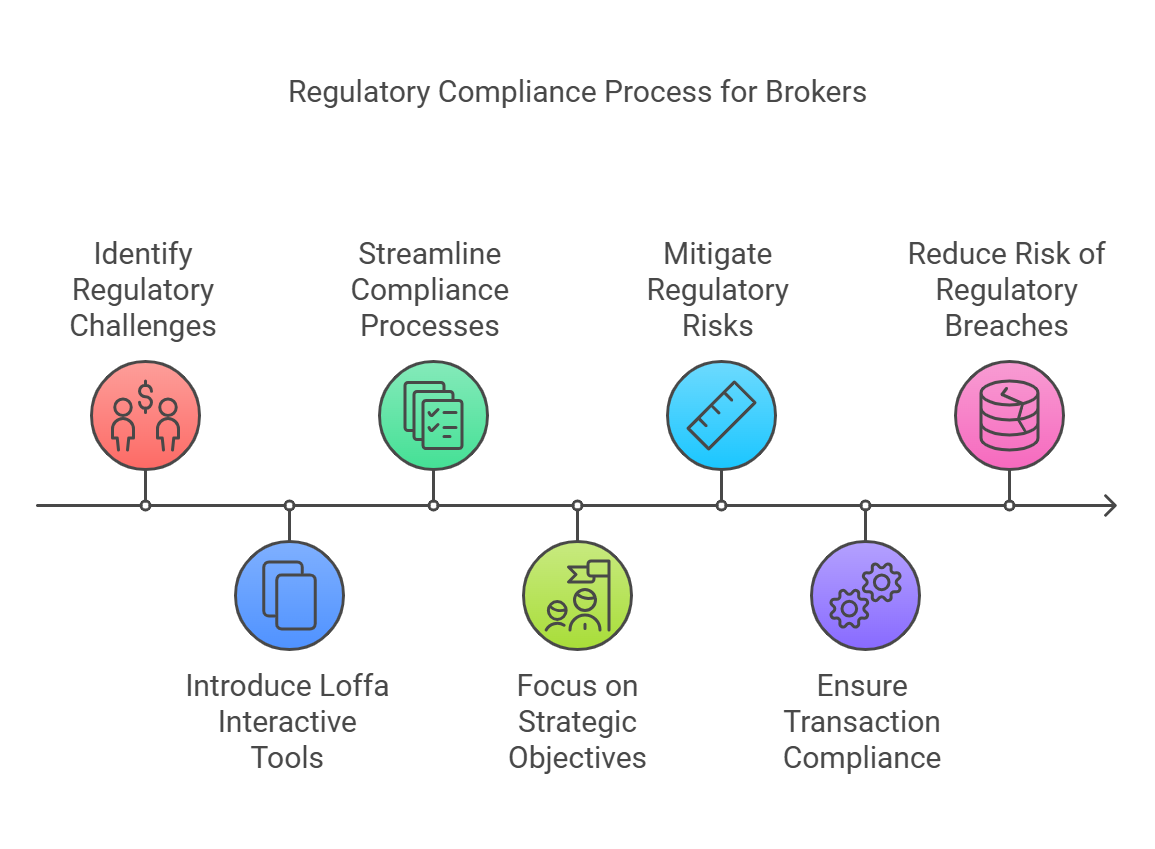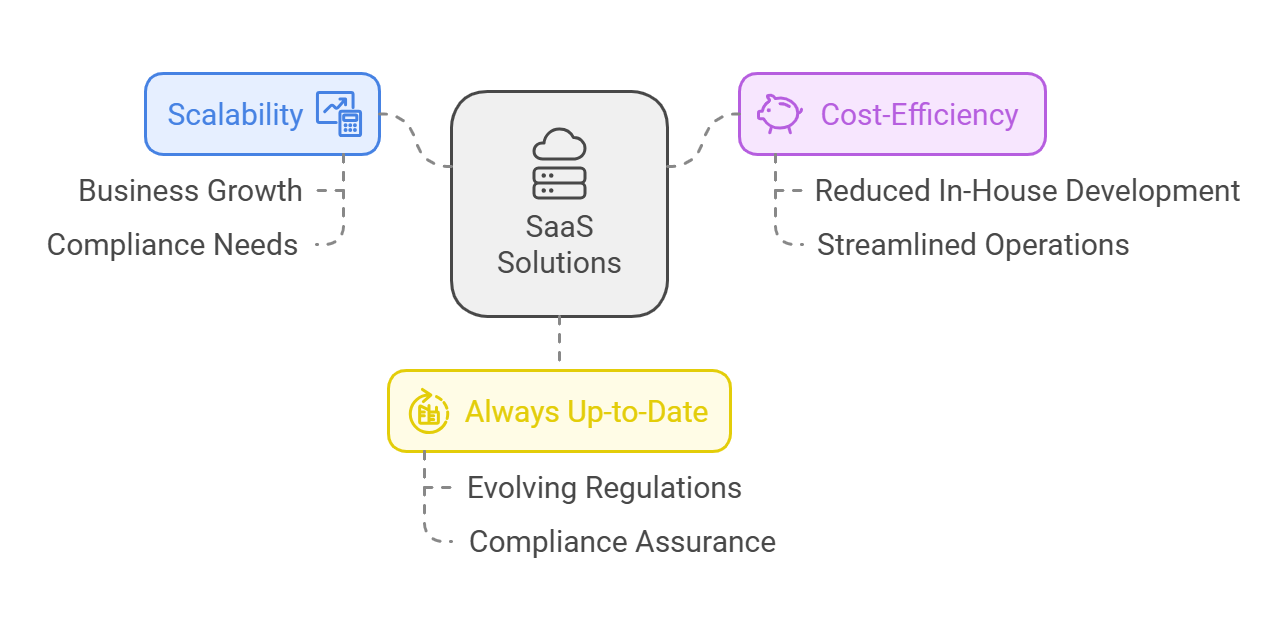The Effects of FINRA’s Scrutiny on GWG Bond Sales
 In the buzzing heart of the financial industry, whispers have turned to conversations on the topic of FINRA’s tightened gaze on GWG bond sales, thanks to Regulation Best Interest (Reg BI). This shift has stirred the pot, pushing firms to tilt their lenses, adjust their scopes, and keep pace with an evolving playing field. As a sentinel in the realm of technological solutions for finance, Loffa Interactive Group stands on the forefront, ready to dissect these changes and guide firms through this new terrain.
In the buzzing heart of the financial industry, whispers have turned to conversations on the topic of FINRA’s tightened gaze on GWG bond sales, thanks to Regulation Best Interest (Reg BI). This shift has stirred the pot, pushing firms to tilt their lenses, adjust their scopes, and keep pace with an evolving playing field. As a sentinel in the realm of technological solutions for finance, Loffa Interactive Group stands on the forefront, ready to dissect these changes and guide firms through this new terrain.
The Heart of Reg BI
June 2020 marked a pivot with the implementation of Reg BI, setting a higher standard for broker-dealers, nudging them towards the best interest of their retail customers when making recommendations. With FINRA’s intensified scrutiny in recent times, especially around the complex terrain of GWG bonds, there’s a palpable tension. This form of regulatory oversight aims to shine a spotlight on the appropriateness of these high-risk bonds for the average investor, dissecting the potential for misrepresentation.
The Ripple Effects on Firms
For those rooted in the GWG bond landscape or entangled in similar high-stake products, this spells a time for introspection and recalibration. This phase demands a sharpened focus on sales practices, a magnified lens on disclosures, and a fortified compliance framework. The essence here is to cultivate an understanding deep enough to navigate the complexity of these products and relay their risks and rewards with crystal clarity.
 Transparency and Communication: The Twin Pillars
Transparency and Communication: The Twin Pillars
In this evolving narrative, the beacons of transparency and communication stand tall. The commitment to these pillars, articulated through comprehensive disclosures and meticulous customer interaction records, becomes the linchpin for staying aligned with Reg BI and fostering a foundation of trust.
Dive Deeper: The Impact on Prime and Clearing Brokers
Prime Brokers: Managing Regulatory Compliance and Relationships
- Challenge of Enhanced Scrutiny: Prime brokers face the brunt of ensuring that the investment products they offer, especially high-risk ones like GWG bonds, are thoroughly vetted for compliance with Reg BI. It’s a balancing act of providing robust options while safeguarding investor interests.
- Solution Through Technology: Leveraging Loffa Interactive’s PBIN, prime brokers can navigate the intricate web of regulatory requirements with greater ease. This tool not only simplifies the process but also shores up efficiencies, making compliance a seamless part of the operational workflow.
Executing/Clearing Brokers: Ensuring Transparency and Efficiency
- Challenge of Keeping a Clear Record: Executing or clearing brokers are the linchpins in maintaining transparent and efficient transaction records. This transparency is not just regulatory; it’s the bedrock of trust and reliability in client relationships.
- Solution Through Streamlining: Integrating Freefunds Verified Direct (FVD) into their systems, these brokers can enhance the clarity and speed of verifying free funds. This strengthens their compliance posture while making operations leaner and more reliable.
Embracing the Future with Loffa Interactive Group
As the financial landscape continues its relentless evolution, those poised with agility, compliance, and a clear emphasis on customer protection will emerge unscathed, even thriving. With Loffa Interactive Group’s arsenal of expertise and cutting-edge technology, navigating the new norms becomes not just manageable, but a strategic advantage. It’s about building enduring, trust-based relationships with clients, fortified by the pillars of transparency and excellence.
In this journey, the pivotal role of technology—especially SaaS-based solutions like those offered by Loffa—cannot be overstated. These tools not only simplify compliance and enhance operational workflows but also embed a layer of security and trust that serves as a competitive edge in today’s dynamic market.
This blog post is highlighting how recent regulatory changes—specifically FINRA’s intensified scrutiny under Regulation Best Interest (Reg BI)—are affecting the way broker-dealers and related financial firms handle the sale of GWG bonds. In other words, the author wants readers to understand that the landscape for selling certain high-risk products, like GWG bonds, has changed, and firms need to adjust their strategies to remain compliant.
 Key Points Explained:
Key Points Explained:
- Regulation Best Interest (Reg BI):
Introduced in June 2020, Reg BI raises the standard of conduct for broker-dealers, making it mandatory that any recommendations they make to retail customers serve the customer’s best interest, rather than merely meeting a “suitability” threshold. The blog points out that FINRA is now paying close attention to how firms are applying this rule, especially when selling complex, high-risk investments like GWG bonds.
- Increased Scrutiny on GWG Bonds:
GWG bonds are considered higher-risk products. FINRA’s focus here is to ensure that these bonds are being sold to the right type of investors with full transparency about risks. Firms are expected to be more diligent in their sales practices, ensuring that investors fully understand what they are buying and that these offerings truly align with their financial goals and risk tolerance.
- Ripple Effects on Firms’ Practices:
Firms dealing in GWG bonds must now re-examine their sales practices, disclosure methods, and internal compliance frameworks. They need to ensure that:
- Sales teams are well-trained to discuss both the upside and potential downside of these investments.
- Compliance systems can document and prove that every recommendation made is in the client’s best interest.
- There’s a strong internal review process to verify that the product’s complexity and risk are being clearly communicated.
- Transparency and Communication Are Central:
The blog stresses that transparency in product information and clear communication with clients are now the guiding principles. Firms that prioritize open disclosure and maintain well-documented, easily retrievable records of client interactions are better positioned to satisfy regulatory requirements.
- Impact on Prime and Clearing Brokers:
- Prime Brokers: They must carefully vet the investments they offer, ensuring compliance with Reg BI. This means balancing a wide range of investment products with the need to protect investors. Tools like the Prime Broker Interactive Network (PBIN) from Loffa Interactive Group are introduced as solutions that streamline regulatory compliance tasks, making them more manageable within the prime brokerage workflow.
- Executing/Clearing Brokers: They play a crucial role in maintaining transparent transaction records. The blog suggests that integrating tools such as Freefunds Verified Direct (FVD) improves the verification of free funds and keeps operations efficient and compliant.
- Role of Technology (Loffa’s Solutions):
The overarching theme is that technology is not just a convenience, but a competitive advantage in the compliance space. Loffa Interactive Group’s solutions, like PBIN and FVD, help firms automate and simplify the compliance process, allowing them to adapt to ever-shifting regulatory standards more easily. This “built-in compliance” approach fosters trust and helps maintain investor confidence in a regulatory climate that’s always evolving.
Bottom Line:
This blog post essentially says: “The rules have changed, and FINRA is watching more closely now. If you’re dealing in complex products like GWG bonds, you need to elevate your compliance game. Transparency, communication, and leveraging advanced technological tools are your keys to not only keeping pace with these changes but potentially thriving in this new environment.”
 In the whirlwind domain of financial services, regulatory compliance is the backbone that keeps the industry upright. Amidst a maze of regulations, Anti-Money Laundering (AML) compliance demands keen attention due to its critical role in preserving the industry’s integrity. The spotlight is increasingly on the concealed vulnerabilities within brokerage operations, particularly those affecting prime broker workflows, quarterly broker statements, and prime broker agreements.
In the whirlwind domain of financial services, regulatory compliance is the backbone that keeps the industry upright. Amidst a maze of regulations, Anti-Money Laundering (AML) compliance demands keen attention due to its critical role in preserving the industry’s integrity. The spotlight is increasingly on the concealed vulnerabilities within brokerage operations, particularly those affecting prime broker workflows, quarterly broker statements, and prime broker agreements. Loffa Interactive Group steps into this arena with its arsenal of technological solutions tailored for the financial services sector. Our flagship products, Freefunds Verified Direct (FVD) and the Prime Broker Interactive Network (PBIN), are crafted to address the nuances of brokerage operations concerning AML compliance:
Loffa Interactive Group steps into this arena with its arsenal of technological solutions tailored for the financial services sector. Our flagship products, Freefunds Verified Direct (FVD) and the Prime Broker Interactive Network (PBIN), are crafted to address the nuances of brokerage operations concerning AML compliance:

 In the buzzing heart of the financial industry, whispers have turned to conversations on the topic of FINRA’s tightened gaze on GWG bond sales, thanks to Regulation Best Interest (Reg BI). This shift has stirred the pot, pushing firms to tilt their lenses, adjust their scopes, and keep pace with an evolving playing field. As a sentinel in the realm of technological solutions for finance, Loffa Interactive Group stands on the forefront, ready to dissect these changes and guide firms through this new terrain.
In the buzzing heart of the financial industry, whispers have turned to conversations on the topic of FINRA’s tightened gaze on GWG bond sales, thanks to Regulation Best Interest (Reg BI). This shift has stirred the pot, pushing firms to tilt their lenses, adjust their scopes, and keep pace with an evolving playing field. As a sentinel in the realm of technological solutions for finance, Loffa Interactive Group stands on the forefront, ready to dissect these changes and guide firms through this new terrain. Transparency and Communication: The Twin Pillars
Transparency and Communication: The Twin Pillars Key Points Explained:
Key Points Explained:


 Advantages of SaaS Solutions for Workflow Efficiencies
Advantages of SaaS Solutions for Workflow Efficiencies